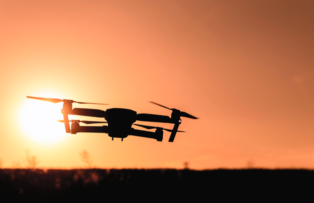After several delays, the Federal Aviation Administration’s new rules for drones will become effective on April 21. The rule changes address two main points, remote ID requirements, and what a drone pilot can and cannot do when flying over people.
After reviewing over 53,000 comments, the FAA has determined that most drones flying in U.S. airspace must have remote ID capabilities. An in-flight drone must be able to verify its identity, location, altitude, and control station or take-off location. Information about the drone’s owner must also be on file and can be requested from the FAA.
The FAA has included more information here:
- Operate a Standard Remote ID Drone
- Operate a drone with a remote ID broadcast module
- Operate (without remote ID equipment)
In the Notice of Proposed Rulemaking titled “Limited Remote Identification UAS,” the category has been eliminated. It allowed users to transmit remote ID messages through an internet connection to a Remote ID UAS Service Supplier. A remote ID broadcast module option now allows operators to retrofit existing drones. Compliance deadlines for both manufacturers and operators have also changed and can be viewed on the FAA website. All drone pilots must have remote ID capabilities established by September 16, 2023.
The rules for Flying Over People have been incorporated in the new online testing available for Part 107 pilots, who must recertify their credentials every two years. The revised rules have more flexible guidelines for drones flying over people and vehicles, and/or operating at night. Full rules for both Remote ID and Operations Over People Rule can be viewed in full by following the links (above) back to the Federal Register.





Reader Interactions